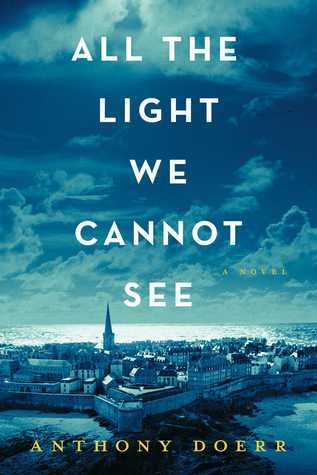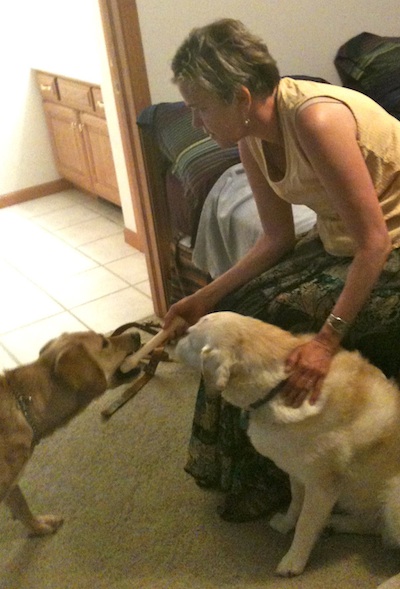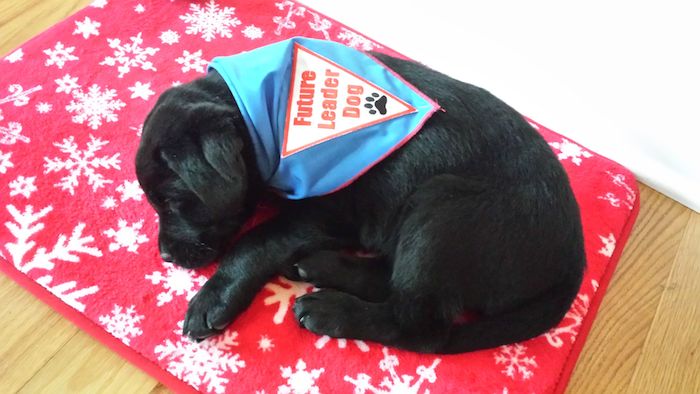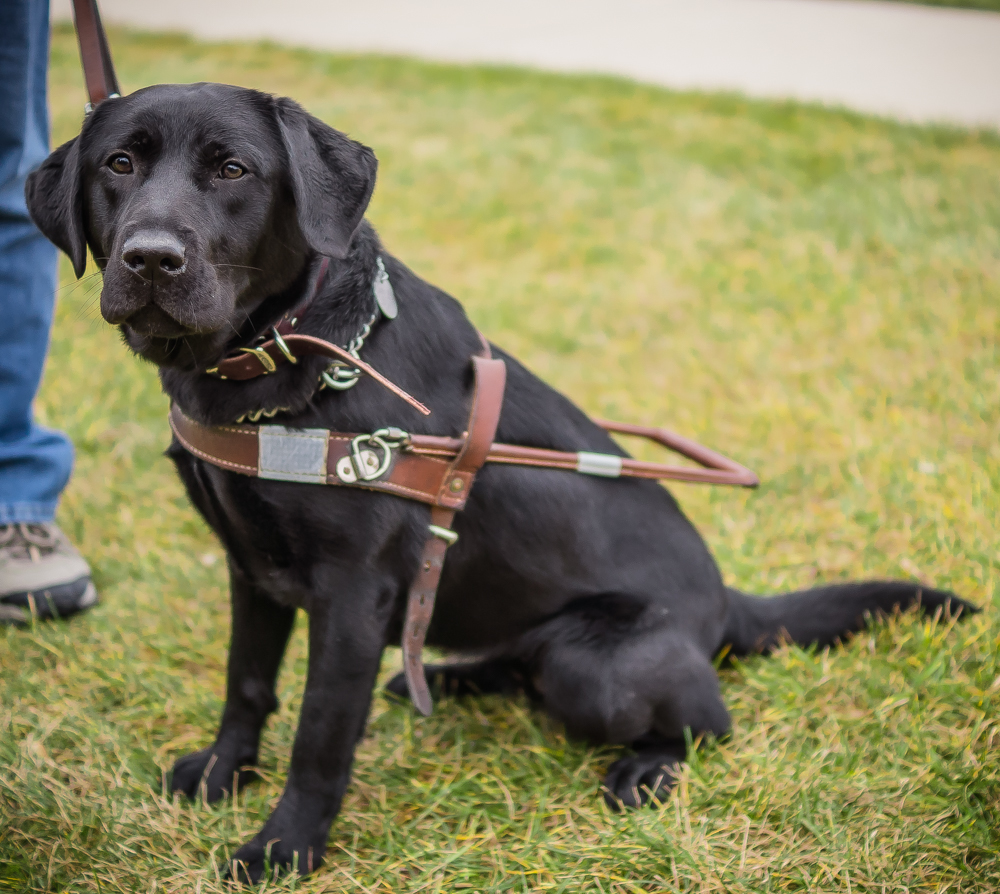Mondays with Mike: The art of teamwork
January 19, 2015 • 15 Comments • Posted in Mike Knezovich, Mondays with Mike, UncategorizedLast week my friend Dean and I parked downstairs in his man cave and watched part of an NFL game. At one point, Dean looked away from the screen and said, “These guys just beat the **** out of each other.” I was thinking precisely the same thing at that very moment.
Watching football is getting less and less attractive to me as I get older. Research about the debilitating effect of not only concussions, but the cumulative damage of multiple non-concussive blows to the head, is making me more and more squeamish about watching people do this to one another every weekend. Stories like this about the 1985 Super Bowl Champion Bears make me squirm a little more. When the likes of Mike Ditka says he wouldn’t let his kid play football if he faced that decision today, it’s noteworthy.
I’m not sure what I’d do if I had a kid who wanted to play football. Like any sport, football, if coached well—surely has a lot to offer in terms of learning teamwork and unselfishness and perseverance.
One thing I am sure I’d encourage if I had a kid coming of age—I’d urge him or her to play a musical instrument and play in a band. Growing up, I didn’t associate the notion of teamwork with playing in a school band, or rock and roll band, or jazz ensemble. But of course, it combines all the virtues that are commonly associated with team sports.
In a band or orchestra, you strive for individual excellence, but must put individual interests second to the collective goal of the group. It’s competitive, whether it’s competition for first chair or matching chops in an open jam. You learn you win some you lose some.
I think the same can be said for other group artistic endeavors, like live theater. And, as I’ve learned of late, improv.
For about ever, I’ve confided with Beth that I’d like to take an improv class at Second City or iO, two vaunted institutions of improvisation here in Chicago. I’ve never had delusions of stardom but having watched and enjoyed improv over the years, I developed a fascination with it. Plus, while those who know me know I’m not a conversational wallflower, if you put me in front of an audience I revert to the adolescent, voice cracking, eight grader in speech class.
So, Beth, partly because she always finds the most thoughtful Christmas gifts for me (and I suspect also out of self interest so she wouldn’t hear me talk about doing it anymore) gifted me the eight-week Level 1 class at ImprovOlympic.
I just finished my second session, and I can tell you—it can be nerve wracking, intense, and exhilarating. And you have no choice but to rely on your fellow team members and to support them. It’s not something I understood about improv—doh—but I’ve never done anything, business, sports, or otherwise, that forces me to identify and drop self-consciousness, pre-conceived notions about people, and personal agendas—like this class does.
I’m the oldest in my class, no surprise. It’s been something of a revelation to learn that I can still push myself out of my comfort zone, overcome my fear, and live to enjoy it and tell about it. I hope to write more about it later.
I can happily say that, so far, no one in my group has suffered concussions or other injury.




